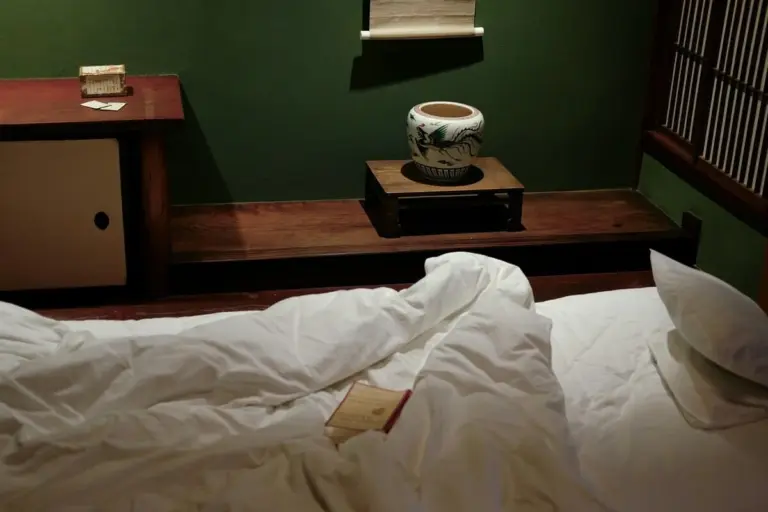Tatami vs Bed Frame: Which Sleep Style Is Better for Your Health
Sleeping Grounded or Elevated: Tatami vs Western Bed Frames
The way we sleep shapes more than our comfort — it influences posture, breathing, and even peace of mind. Across Japan, many people still sleep on tatami with a futon, close to the floor, while most Western homes rely on elevated bed frames and thick mattresses. Both systems have deep cultural roots, yet in a world seeking healthier and simpler living, more people are asking: Which is better for my body and well-being?
This guide compares the tatami sleeping style vs Western bed frames, exploring how each affects alignment, air flow, and daily health.
The Philosophy Behind Each Sleep Style
In Japan, sleeping close to the ground on tatami reflects a lifestyle of adaptability and presence. A tatami mat topped with a shikibuton (futon mattress) can be rolled and stored each morning, turning a bedroom into a multi-purpose living space. This flexibility reflects a broader Japanese aesthetic — simplicity, impermanence, and harmony with nature.
Western bed frames, on the other hand, evolved around ideas of permanence and luxury — the bed as furniture and centerpiece. The elevated height separates sleepers from the cold floor and allows airflow underneath thick mattresses.
Posture and Body Alignment
- Tatami + Futon: Firm, even support keeps the spine naturally aligned and strengthens postural muscles over time.
- Bed Frame + Mattress: Softer comfort can relieve pressure but may cause spinal sagging if too plush.
Summary: Tatami promotes natural alignment and body awareness, while bed frames prioritize cushioning comfort.
Airflow, Humidity, and Allergies
Tatami mats breathe naturally — moisture absorbed during sleep is released by day. In Japan’s humid season (tsuyu), people often use a futon dryer or dehumidifier weekly to keep tatami fresh. If you live in a humid area, adopting that same routine helps maintain hygiene.
Bed frames elevate the body, allowing air to circulate beneath, though dust can collect under the frame, requiring regular cleaning.
Practical Comfort and Maintenance
Tatami-based sleeping encourages daily interaction with your space. Folding the futon and airing it weekly becomes a rhythm of care. Bed frames, by contrast, offer ease — no daily folding and hidden storage space below — but occupy more space permanently.
Recommended Options for Each Style
For Tatami Sleepers
- EMOOR Japanese Tatami Mattress Set — Authentic rush grass surface with foldable base and shikibuton (Amazon US)
- HAGiHARA Japanese Tatami Mat — Lightweight modular mat with firm support, ideal for futon sleeping (Amazon US)
- MIINA Washable Tatami Rug — Mold-resistant washi fiber, easy to fold and maintain (Amazon US)
For Bed Frame Sleepers (Japanese-Inspired Design)
- THULE Modular Platform Frame — Minimalist Scandinavian-Japanese aesthetic emphasizing airflow and balance (Official Site)
- FLOYD Low Platform Bed — Detroit-based maker inspired by Japanese joinery; simple, tool-free assembly (Official US Site)
- Avocado Mid-Century Bed Frame — Natural wood, low-slung profile influenced by Japanese Zen interiors (Official US Site)
Finding Balance in How You Rest
Whether you choose a tatami mat bedroom or a Western bed frame, the goal is the same: restful alignment and peace of mind. Sleeping close to the earth brings awareness to posture and breath; sleeping elevated brings convenience and insulation. The healthiest choice may not be one or the other — but understanding how each connects your body to its surroundings.



